Filter by

Lexical representation and process
Outgrowth of a conference held in Nijmegen, the Netherlands under the joint sponsorship of the Max-Planck-Institut f?ur Psycholinguistik and the Interfacultaire Werkgroep Taal en Spraakgedrag of the University of Nijmegen."A Bradford book."OCLC-licensed vendor bibliographic record.
- Edition
- -
- ISBN/ISSN
- 9780262279178
- Collation
- 1 online resource (x, 576 pages) :illustrations
- Series Title
- -
- Call Number
- -

Sentence comprehension :the integration of rules and habits
"A Bradford book."OCLC-licensed vendor bibliographic record.
- Edition
- -
- ISBN/ISSN
- 9780262316156
- Collation
- 1 online resource (x, 445 pages)
- Series Title
- -
- Call Number
- -

Rhyme and reason :an introduction to minimalist syntax
OCLC-licensed vendor bibliographic record.
- Edition
- -
- ISBN/ISSN
- 9780262285377
- Collation
- 1 online resource (xlii, 669 pages) :illustrations
- Series Title
- -
- Call Number
- -

Speaking :from intention to articulation
"A Bradford book."OCLC-licensed vendor bibliographic record.
- Edition
- -
- ISBN/ISSN
- 9780262278225
- Collation
- 1 online resource (xiv, 566 pages) :illustrations.
- Series Title
- -
- Call Number
- -
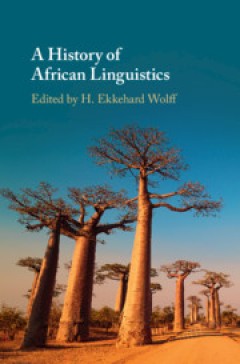
A History of African Linguistics
Bringing together a team of leading scholars, this volume forms the first global history of African linguistics as an autonomous academic discipline, covering Africa, America, Asia, Australia, and Europe. Defining African linguistics, the volume describes its emergence from a 'colonial science' at the turn of the twentieth century in Europe, where it was first established mainly in academic ins…
- Edition
- -
- ISBN/ISSN
- 9781108283977
- Collation
- -
- Series Title
- -
- Call Number
- -
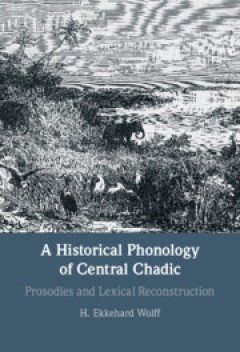
A Historical Phonology of Central Chadic
Of all of the African language families, the Chadic languages belonging to the Afroasiatic macro-family are highly internally diverse due to a long history and various scenarios of language contact. This pioneering study explores the development of the sound systems of the 'Central Chadic' languages, a major branch of the Chadic family. Drawing on and comparing field data from about 60 differen…
- Edition
- -
- ISBN/ISSN
- 9781009024310
- Collation
- -
- Series Title
- -
- Call Number
- -
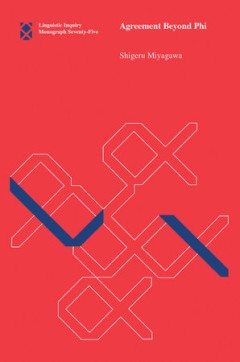
Agreement Beyond Phi
An argument that agreement and agreementless languages are unified under an expanded view of grammatical features including both phi-features and certain discourse configurational features. Much attention in theoretical linguistics in the generative and Minimalist traditions is concerned with issues directly or indirectly related to movement. The EPP (extended projection principle), introduc…
- Edition
- Ed. 1
- ISBN/ISSN
- 9780262338639
- Collation
- -
- Series Title
- -
- Call Number
- 400 MIY a

Development of Linguistic Linked Open Data Resources for Collaborative Data-I…
Making diverse data in linguistics and the language sciences open, distributed, and accessible: perspectives from language/language acquistiion researchers and technical LOD (linked open data) researchers. This volume examines the challenges inherent in making diverse data in linguistics and the language sciences open, distributed, integrated, and accessible, thus fostering wide data sharing…
- Edition
- Ed. 1
- ISBN/ISSN
- 9780262357210
- Collation
- -
- Series Title
- -
- Call Number
- 400 DEV d
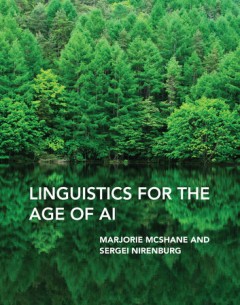
Linguistics for the Age of AI
A human-inspired, linguistically sophisticated model of language understanding for intelligent agent systems. One of the original goals of artificial intelligence research was to endow intelligent agents with human-level natural language capabilities. Recent AI research, however, has focused on applying statistical and machine learning approaches to big data rather than attempting to model w…
- Edition
- Ed. 1
- ISBN/ISSN
- 9780262363136
- Collation
- -
- Series Title
- -
- Call Number
- 400 MCS l
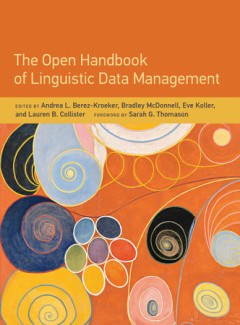
The Open Handbook of Linguistic Data Management
A guide to principles and methods for the management, archiving, sharing, and citing of linguistic research data, especially digital data. “Doing language science” depends on collecting, transcribing, annotating, analyzing, storing, and sharing linguistic research data. This volume offers a guide to linguistic data management, engaging with current trends toward the transformation of lin…
- Edition
- Ed. 1
- ISBN/ISSN
- 9780262366076
- Collation
- -
- Series Title
- -
- Call Number
- 400 OPE o
 Computer Science, Information & General Works
Computer Science, Information & General Works  Philosophy & Psychology
Philosophy & Psychology  Religion
Religion  Social Sciences
Social Sciences  Language
Language  Pure Science
Pure Science  Applied Sciences
Applied Sciences  Art & Recreation
Art & Recreation  Literature
Literature  History & Geography
History & Geography